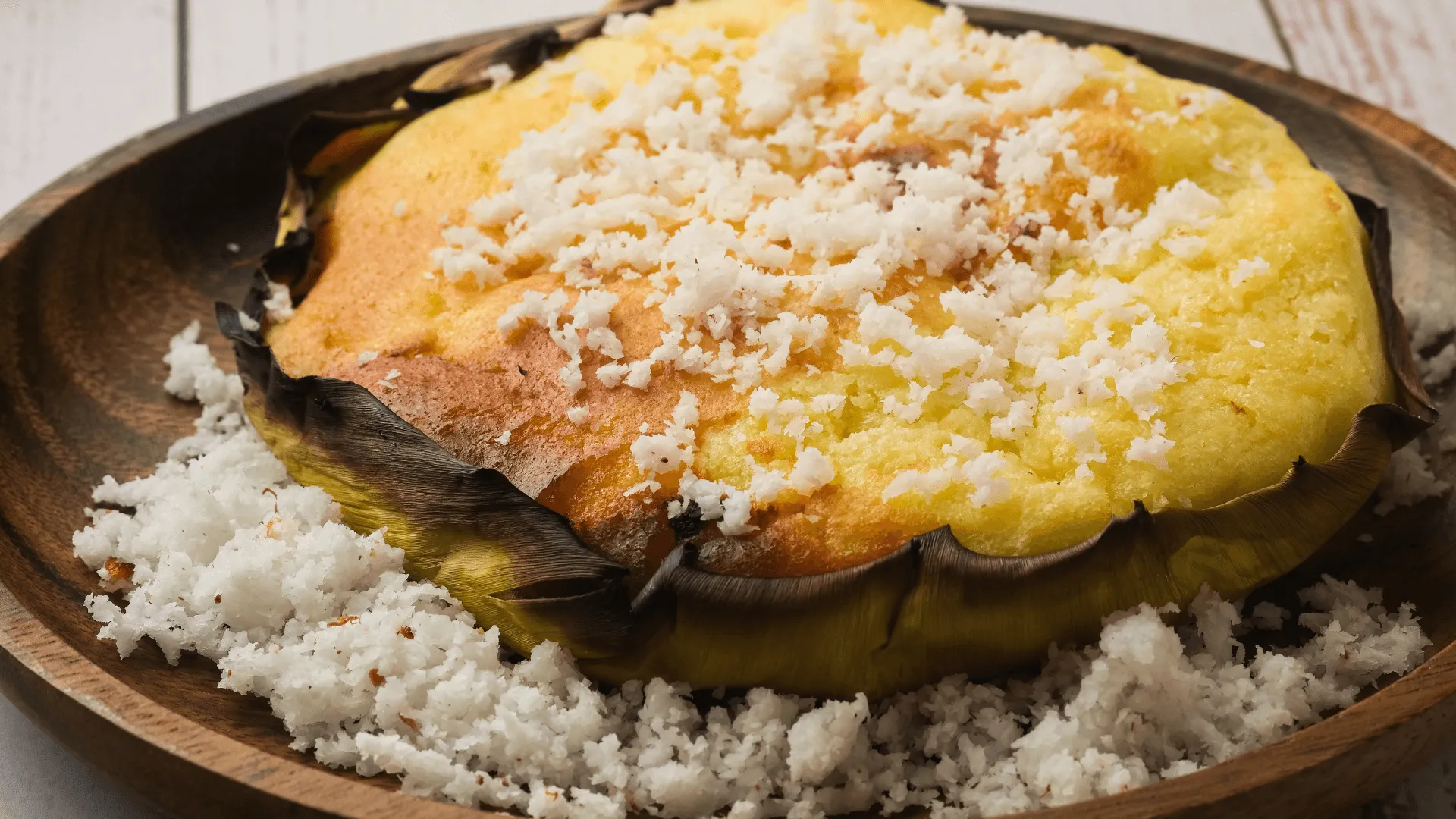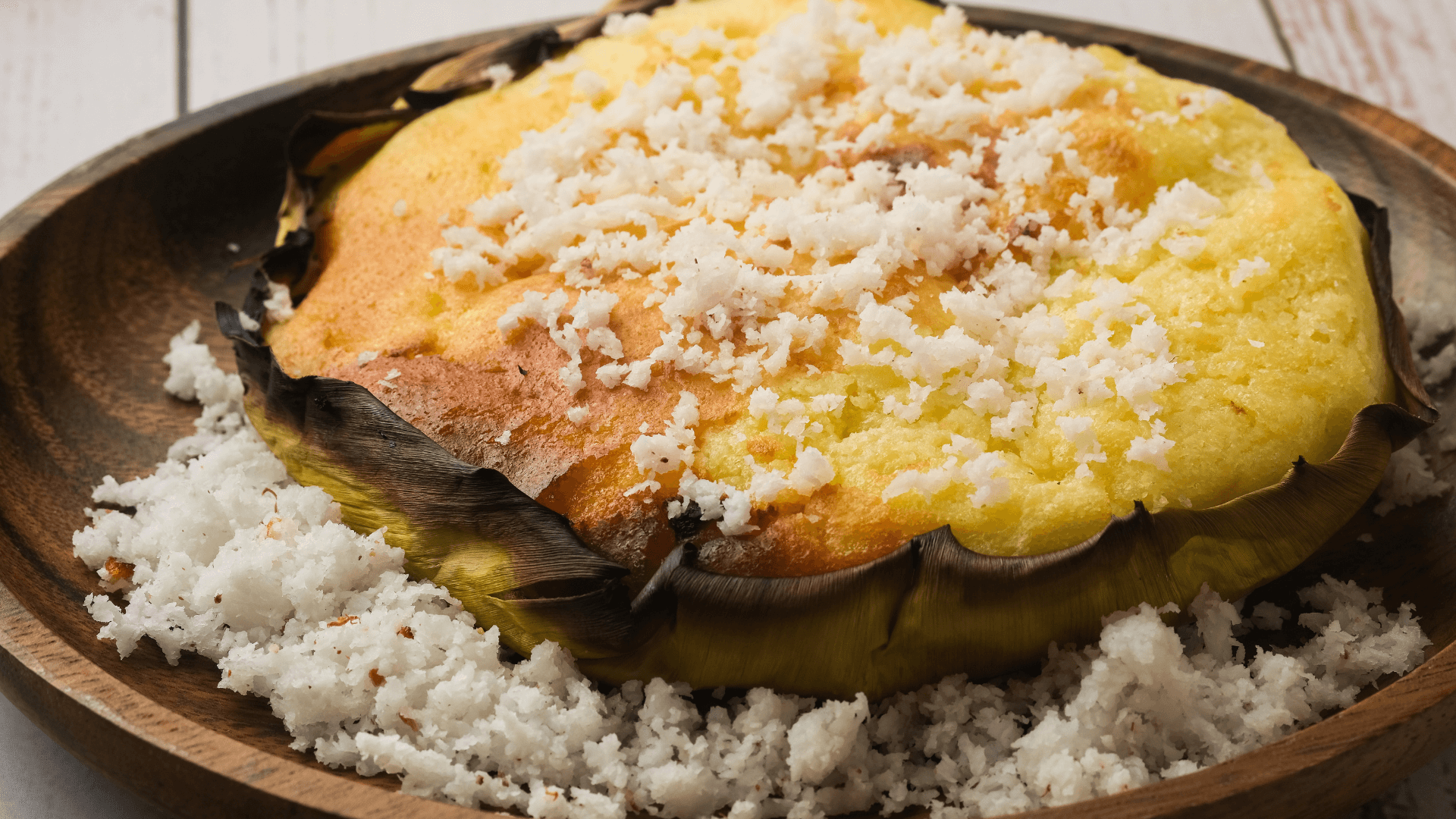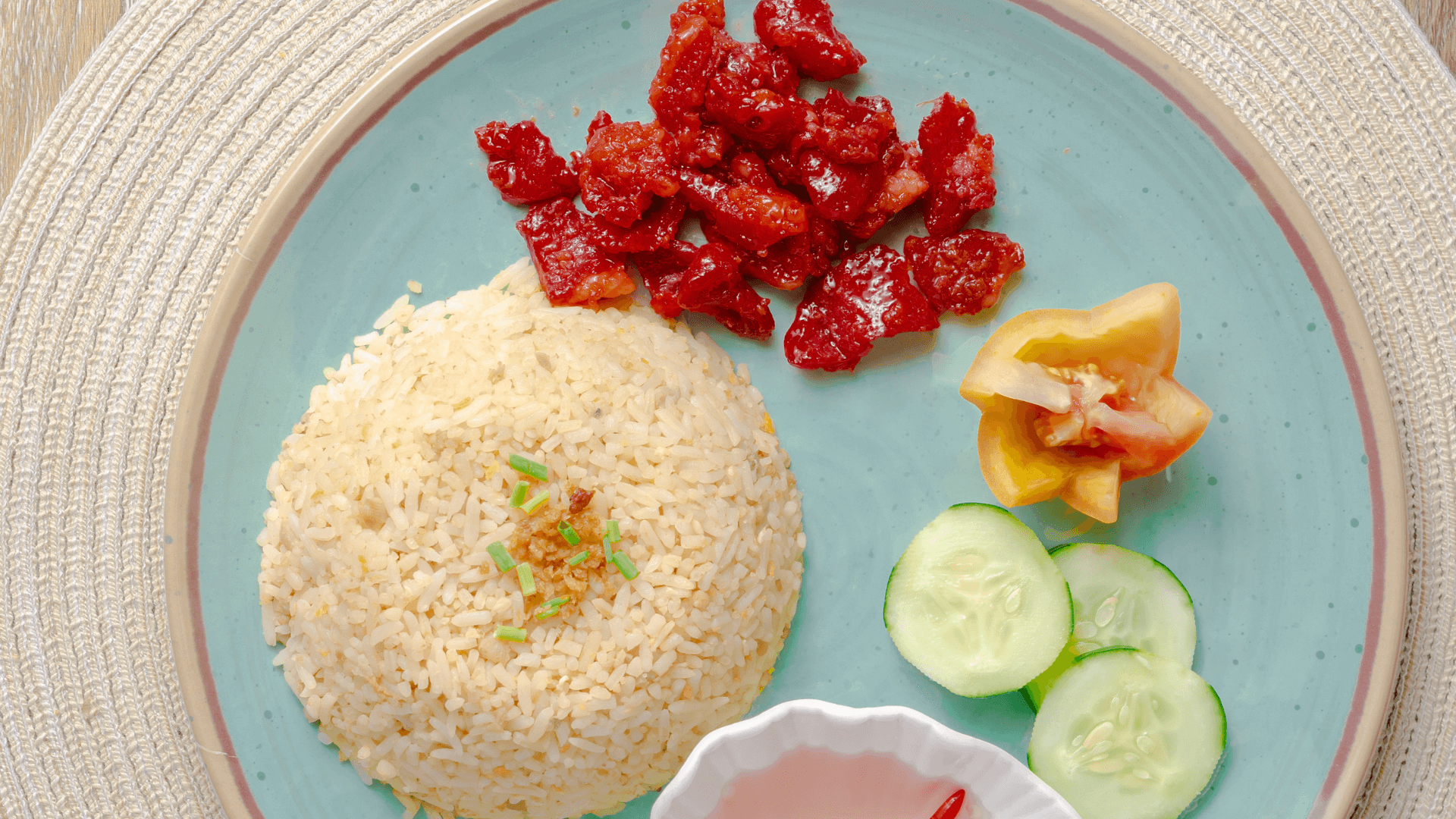
10 Must-Try Fermented Foods in the Philippines
October 30, 2024

Filipino cuisine contains a complex combination of flavors, and fermented foods play a crucial role in this culinary heritage. Fermented products' unique tanginess and depth add complexity to dishes, making them staples in many Filipino restaurants like Casa Buenas and even in home kitchens.
Here's a look at ten notable fermented foods from the Philippines that you should try!
Buro
Buro is a traditional fermented dish that comes in several varieties, including burong isda, burong hipon, burong mangga, and burong mustasa. It is made from cooked rice mixed with salt and the main ingredient, which ferments over several days. This umami-rich condiment enhances the flavor of grilled meats and is often enjoyed with fresh vegetables. The fermentation process typically lasts 3 to 10 days, allowing for a complex flavor profile that varies by region and ingredient used.
Puto and Bibingka

Puto and bibingka are steamed rice cakes often enjoyed during festivities. Puto is made from rice flour, sugar, and coconut milk, while bibingka includes rice flour, coconut milk, and eggs. The batter is fermented slightly to develop flavor before being steamed. These delightful treats are typically served with butter, cheese, or grated coconut, making them perfect for breakfast or as snacks. The fermentation not only enhances flavor but also contributes to their light texture.
Longanisa
Longanisa is a type of sweet or savory sausage made from ground pork mixed with spices, vinegar, and sometimes sugar. The mixture is stuffed into casings and left to ferment for a short period. This flavorful sausage is a breakfast favorite, typically served with rice and eggs, providing a hearty start to the day. Variations exist across regions, incorporating local spices and ingredients.
Tocino

Tocino is a sweet cured pork dish that undergoes a fermentation process. Made from pork belly marinated in a mixture of sugar, salt, and spices, it is allowed to sit for several hours or overnight. This sweet and savory delicacy is commonly served for breakfast with garlic rice and a side of eggs, embodying the comforting essence of Filipino comfort food. The fermentation helps tenderize the meat while infusing it with flavor.
Bagoong
Bagoong, a fermented fish or shrimp paste, is a staple in Filipino cooking. Made by fermenting fish or shrimp with salt for several weeks, it develops a rich umami flavor that enhances many dishes like kare-kare and pinakbet. Bagoong can be served as a condiment or used as seasoning instead of salt.
Patis
Patis, or fish sauce, is another essential fermented product in Filipino cuisine. Made by fermenting fish with salt, this liquid seasoning adds depth to countless dishes including soups and stir-fries. Its savory notes make it an ideal base for marinades or dipping sauces. Patis can also be derived from the liquid that separates during the fermentation of bagoong.
Kesong Puti

Kesong Puti, or white cheese, is made from carabao's milk and undergoes a brief fermentation process. The milk is heated, curdled, and drained to create a soft, creamy cheese that has a mild, slightly tangy flavor. Commonly enjoyed with puto or bread, it complements both sweet and savory dishes. This cheese has been part of Filipino culinary tradition for centuries.
Liquors and Wines
Tapuy is a traditional rice wine. Tuba comes from fermented coconut sap, while Basi is made from fermented sugarcane juice. Each beverage undergoes fermentation that transforms sugars into alcohol, resulting in unique flavors that reflect regional ingredients. These drinks are often enjoyed during celebrations or special occasions.
Suka
Suka, or vinegar, can be made from various sources including coconut sap or sugarcane. The fermentation process converts sugars into acetic acid, resulting in this tangy condiment that's vital in many Filipino dishes like kinilaw, paksiw na isda, and lechon paksiw. Suka not only adds acidity but also enhances the overall flavor profile of meals.
Toyo
Toyo, or soy sauce, is produced by fermenting soybeans with wheat, salt, and water over several months to develop its rich flavor profile. Commonly used as a dipping sauce or marinade, it enhances various dishes like bistek tagalog and pork humbas. Its adaptable flavor makes it an essential ingredient in many Filipino kitchens.
Final Thoughts
Fermented foods are an integral part of Filipino cuisine, offering unique flavors alongside rich cultural traditions. From the umami-packed bagoong to the sweetness of tocino, each product adds its own charm to the dining experience. If you're eager to explore these culinary treasures further, visiting Filipino restaurants at Newport World Resorts provides an excellent opportunity to indulge in these authentic flavors and discover the diverse offerings of Philippine gastronomy. Enjoy your journey into the world of fermented delights!